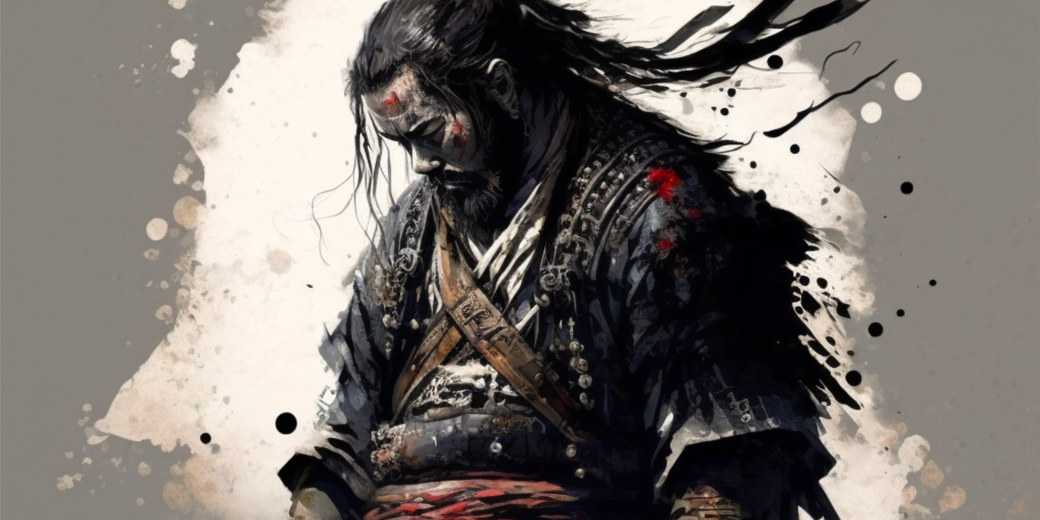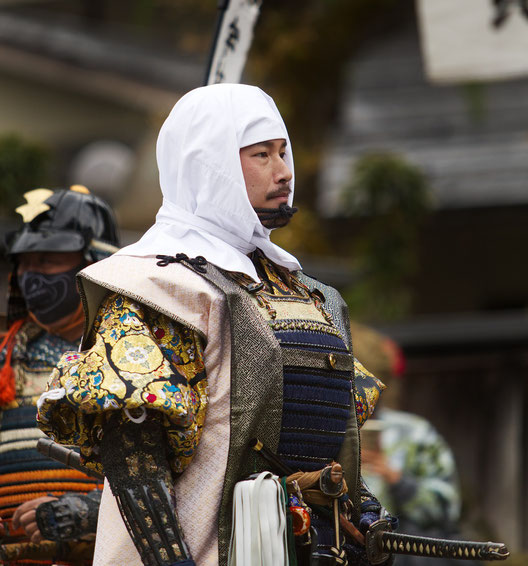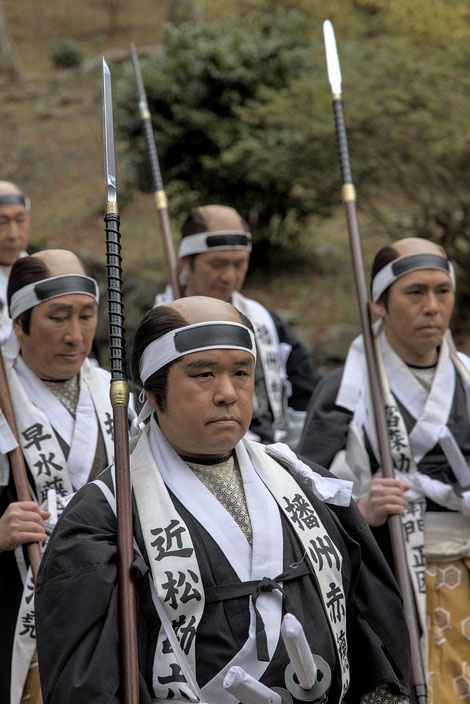The heroic last stand of the Samurai: The tragic failure of the Satsuma Rebellion

In the late 19th century, Japan underwent a period of rapid transformation as it transitioned from a feudal society to a modern nation.
One of the key events that shaped this transformation was the Satsuma Rebellion, a conflict that pitted traditional samurai values against the modernizing policies of the Meiji government.
Led by the charismatic Saigo Takamori, the Satsuma Rebellion would prove to be a defining moment in Japanese history, marking the end of an era and the beginning of a new one.
What caused this uprising and why did it lead to the end of the famous samurai?
What was the Satsuma Rebellion?
The Satsuma Rebellion, also known as the Seinan War, was a conflict that took place in Japan from January to September of 1877, with some minor pockets of resistance lasting into 1878.
It was a rebellion by the Satsuma domain against the Meiji government, which had recently implemented sweeping reforms and modernization efforts.
The Satsuma domain, located in southern Japan, was one of the most powerful and influential domains during the Edo period.
However, with the Meiji Restoration of 1868, which marked the end of the shogunate and the restoration of imperial rule, the Satsuma domain found itself at odds with the new government.
The Satsuma Rebellion was led by Saigo Takamori. He was born in 1828 in Kagoshima, Satsuma, and rose to prominence as a respected samurai.
He even served as an influential imperial advisor in the early years of the Meiji Restoration before ultimately breaking with the government.
He became disillusioned with the government's policies and felt that the samurai class was being marginalized and disrespected.
Saigo believed that the samurai should continue to play a prominent role in Japanese society and that their traditional values should be preserved.
What were the causes of the Satsuma Rebellion?
One of the main causes of the rebellion was the rapid modernization and westernization efforts of the Meiji government.
These reforms, which aimed to bring Japan up to par with Western powers, had a profound impact on the traditional samurai class.
As the government implemented policies that undermined the samurai's status and power, many of them became disgruntled and felt that their way of life was under threat.
In particular, the Conscription Act of 1873, which established a modern conscripted army, angered many samurai who felt replaced by commoners in military service.
Another significant cause of the rebellion was the economic changes that were taking place in Japan.
For example, by the 1880s, Japan had established over 20 modern factories, a national telegraph network, and a railway system.
As Japan industrialized and modernized, many traditional industries, such as agriculture and handicrafts, were displaced by modern factories and foreign imports.
This led to widespread poverty and unrest, particularly in rural areas, where many samurai families were based.

Furthermore, the Satsuma domain had a long history of independence and resistance against central authority.
The domain had played a key role in the Meiji Restoration, but its leaders felt that they had not been adequately rewarded for their efforts.
This, coupled with the broader grievances of the samurai class, created a sense of frustration and dissatisfaction that eventually boiled over into rebellion.
Finally, the rebellion was also fueled by the charismatic leadership of Saigo Takamori. Saigo was a respected samurai and former imperial advisor who had been instrumental in the Meiji Restoration.
However, he became disillusioned with the government's policies and felt that the samurai class was being marginalized and disrespected.
His leadership galvanized many others to join the rebellion, and his death at the end of the conflict would turn him into a martyr and a symbol of resistance for generations to come.
The key events of the rebellion
The rebellion began in January 1877. Saigo's forces quickly seized full control of their base, Kagoshima, the capital of Satsuma, and began to march towards Tokyo.
The Imperial Japanese Army mobilized over 65,000 troops against Saigo’s 20,000 rebel samurai.
The two sides clashed at the Battle of Tabaruzaka from March 3 to March 20, 1877. Despite being outnumbered, Saigo's forces initially gained the upper hand and inflicted heavy losses on the Imperial Army.
However, they were eventually forced to retreat due to lack of supplies.

In the following months, the rebellion spread to other parts of Kyushu, with several other domains and samurai joining Saigo's cause.
The rebels won several minor battles, but they were unable to secure a decisive victory. The Imperial Army, meanwhile, received reinforcements and began to push back against the rebels.
They captured key strongholds, such as Kumamoto Castle, and inflicted heavy losses on the rebel forces.
The final battle of the rebellion took place at Shiroyama on September 24, 1877.
It saw Saigo Takamori and his remaining 300 loyal samurai face 30,000 Imperial troops.
Outnumbered and outgunned, Saigo Takamori and his men fought bravely but were ultimately defeated.
Saigo himself committed suicide rather than surrendering to the Imperial Army.
Consequences of the rebellion
The Satsuma Rebellion resulted in around 12,000 casualties, which made it one of the deadliest internal conflicts in Japan’s history.
One of the most important consequences of the rebellion was the end of the samurai class.
The samurai had been a powerful political force in Japan for centuries, but their traditional way of life was being threatened by the Meiji government's modernizing policies.
However, with the rebellion defeated, the samurai class gradually disappeared from Japanese society.
Another consequence of the Satsuma Rebellion was the consolidation of the Meiji government's power.
The government had been facing opposition from various groups, including the samurai, who were unhappy with the pace of change in Japan.
The rebellion provided the government with a chance to display its power and affirm its control over the nation.
This, in turn, enabled the continuation of its modernization efforts and the implementation of reforms, which were instrumental in Japan's emergence as a significant global force.
The Meiji government also took a hard line against any groups that it perceived as a threat to its authority.
This included labor unions, political parties, and other groups. The government became increasingly authoritarian, and its policies towards dissent would eventually lead to the rise of ultranationalism and militarism in Japan.
The strengthening of the military was also a consequence of the Satsuma Rebellion. The rebellion had exposed weaknesses in Japan's armed forces, and the Meiji government recognized the need for a strong military to defend the country against foreign powers.
It increased military spending and implemented reforms to modernize the armed forces. This laid the foundation for Japan's emergence as a military power in the 20th century.
Why it is still remembered today
Today, the Satsuma Rebellion is remembered as a symbol of the samurai's last stand against modernization and westernization, and Saigo Takamori is revered as a hero and a symbol of samurai spirit and resistance but also as a tragic hero with a complex legacy.
His legacy continues to inspire many in Japan, and his story has been adapted into numerous books, films, and other works of art.
The rebellion's impact on Japanese history cannot be overstated, as it marked a turning point in the country's evolution from a feudal society to a modern nation.
Further reading
What do you need help with?
Download ready-to-use digital learning resources
Copyright © History Skills 2014-2025.
Contact via email
With the exception of links to external sites, some historical sources and extracts from specific publications, all content on this website is copyrighted by History Skills. This content may not be copied, republished or redistributed without written permission from the website creator. Please use the Contact page to obtain relevant permission.





